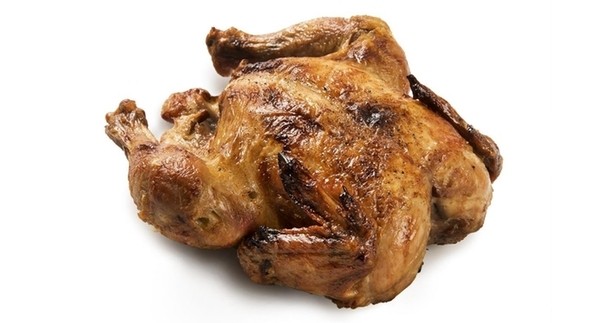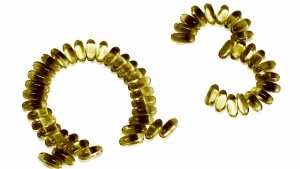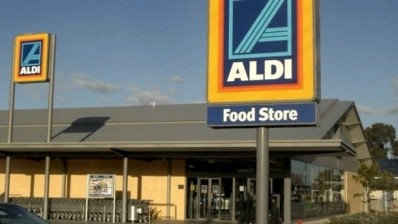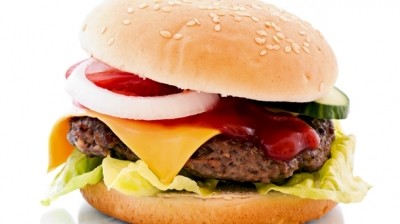This week Down Under
Cooked chooks are the new troops in Australia’s supermarket wars

In January, Coles and Woolworths, the biggest chains in the business, slashed the prices of roast chicken to around A$8 (US$6.15) from A$11 after a long period of planning in co-operation with chicken producers.
There followed a to-and-fro period of undercutting between between the supermarkets in an apparent race to the bottom.
The new tussle even targets a bigger portion of the population: with 84.4% of Australians consume chicken weekly, outstripping the proportion who drink milk (77.0%) or eat bread (70.0%).
The development is an indication that these supermarkets understand their shoppers: customers at both supermarket giants have an even greater taste for chicken than the average Australian.
But has the ready availability of cheap roasted chicken at the had any impact on chicken fast-food outlets like KFC, Red Rooster and Nando’s? Market research data show consistent—albeit moderate—year-on-year declines in fast-food chicken outlet footfall, both in general as well as among Coles and Woolworths shoppers.
A year ago, just over 29% of Australians visited at least one fast-food chicken restaurant in any given month, though by June 2016, this figure had inched down to 28.4%, with the decline evident for the thee main fried chicken players.
The fast-food downturn is also evident among Coles and Woolies shoppers, with the latter seeing the more noticeable decline, falling from 33.1% to 30.4%—though the number of Coles shoppers who go to fast-food chicken joints has only slipped marginally.
Australians’ taste for chicken seems insatiable: according to the Australian Chicken Meat Federation, the average Aussie eats an average of 46.2kg per person per year, leaving chook far and away the most popular meat.
Second-placed beef is eaten by 74.2% of Australians, followed by pork/ham/bacon (65.4%), fish (54.0%) and lamb (34.4%), according to data by Roy Morgan Research.
“So Coles and Woolworths certainly knew what they were doing when they chose roast chicken as the protagonist of their latest price war,” said Norman Morris, the market research agency’s communications director.
“While it is too early to determine whether the roast-chicken wars will have any lasting effect on visitation to fast-food outlets like KFC or Red Rooster, it is certainly noteworthy that year-on-year figures have slipped.”
Though the decline has been slight, but the fact that it is evident across the main players must surely give pause for thought, as must the downturn among Coles and Woolies shoppers who visit fast-food chicken outlets, Morris added.
“If the price is right, why wouldn’t people buy a cheap roast chicken while they’re at the supermarket instead of making a special trip?”
According to Citigroup analyst Craig Woolford, speaking to Fairfax Media, long-running promotions such as cheap roast chicken—following on from the previous A$1 milk and bread fight—have shifted the "consumer psyche" around supermarket pricing.
”Over the last few years we've seen Coles put some price points out there on some big profile categories—bread, milk and now chicken—to try to engrain a perception around pricing," Woolford said.
The success of this strategy, along with Coles' consistent messaging around price, can be seen through strong sales growth over the past five years—an this is unlikely to stop soon.
"There is still a high reliance on promotions in supermarkets in Australia,” said Woolford. “I think it's entrenched in the consumer psyche now; it's very rare to see retailers ween themselves off promotions successfully.”
More stories from Down Under…
Australian grocery sales still slowing yet remain largely positive
In what is beginning to feel like déjà vu, retail sales growth is once again expected to remain positive, despite a modest slowdown heading into the December quarter.
That is according to the latest quarterly retail index compiled for the Australian Food and Grocery Council using logistics data from CHEP. It shows once more year-on-year growth slowing, from 3.5% in the June quarter to 2.5% in the following three months.
The index forecasts a further softening heading into the December quarter with year-on-year growth at just 1.5%.
On a monthly basis, it shows year-on-year growth of 1.9 per cent in September slowing to 1.6 per cent in November 2016.
“The larger-than-expected fall in retail sales growth reflects a number of factors such as moderating jobs growth and record low wages growth, a long-term deflation in food and grocery retail prices domestically and increasing input costs,” said AFGC chief executive Gary Dawson.
“This all adds up to the outlook—while still one of growth—being less robust than the food and grocery sector would like to see, especially heading into the December quarter holiday period.”
Phillip Austin, president of CHEP Asia-Pacific, the logistics company that monitors the movement of its pallets to form a picture of the real state of retail ordering, added: “We know through experience that the index is a very accurate lead indicator of retail sales growth. The insights provided by this forecast should help customers prepare for and manage their supply chains more efficiently throughout this period.”
Regulator seeks opinions on alternative DHA source for infant formula
The antipodean food regulator has called for opinions on an alternative source of DHA for use in infant formula products.
Fsanz chief executive Steve McCutcheon said DSM Nutritional Products had applied for approval for an alternative docosahexaenoic acid oil derived from Schizochytrium sp. (DHA-B) to be added to infant formulas.
This would be done at levels consistent with other DHA oils already approved in the Food Standards Code, according to DSM’s petition.
“Several DHA oils, which are omega-3 long-chain polyunsaturated fatty acids, are already permitted as an optional ingredient in infant formula products,” McCutcheon said.
“The composition of oil derived from Schizochytrium sp. is comparable to other approved novel sources of DHA.”
A risk assessment by Fsanz found no health or safety concerns at the levels proposed, he added.
All such decisions are notified to ministers responsible for food regulation, who can decide to ask for a review or agree that the standard should become law.
The deadline for submissions is December 13.
















